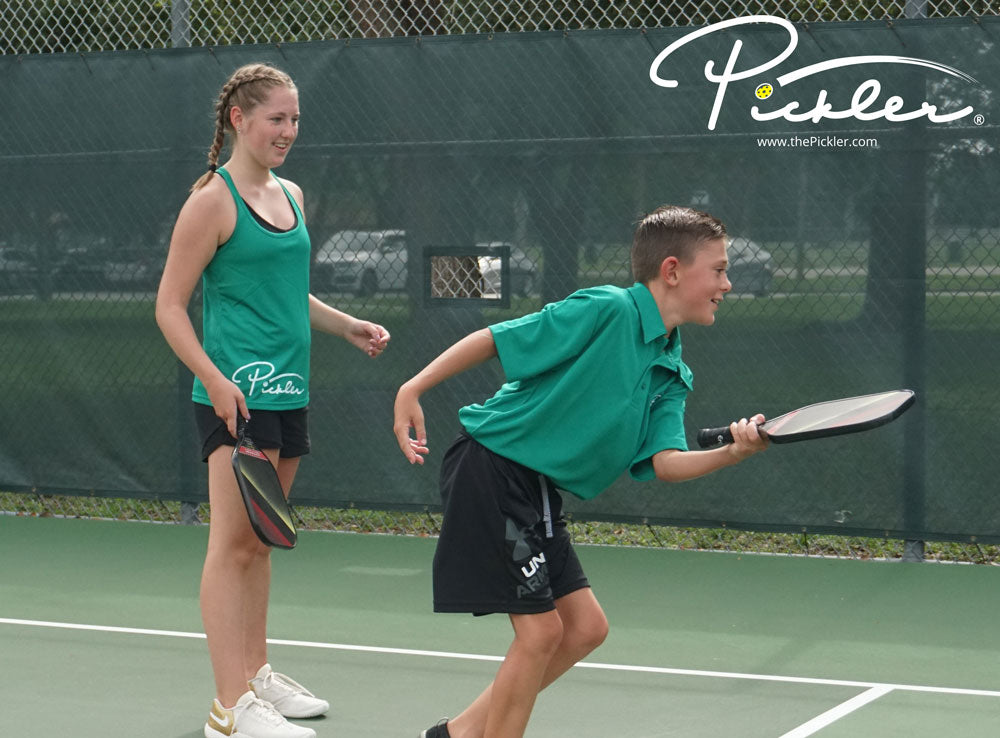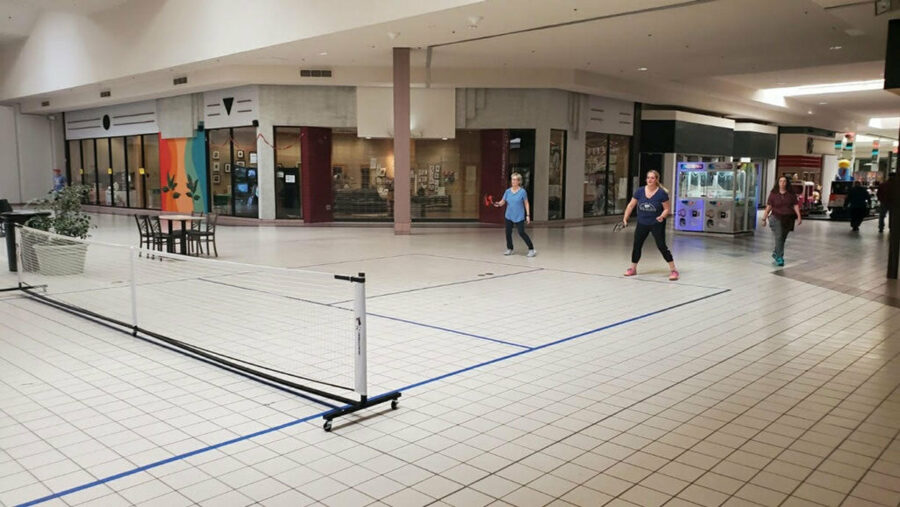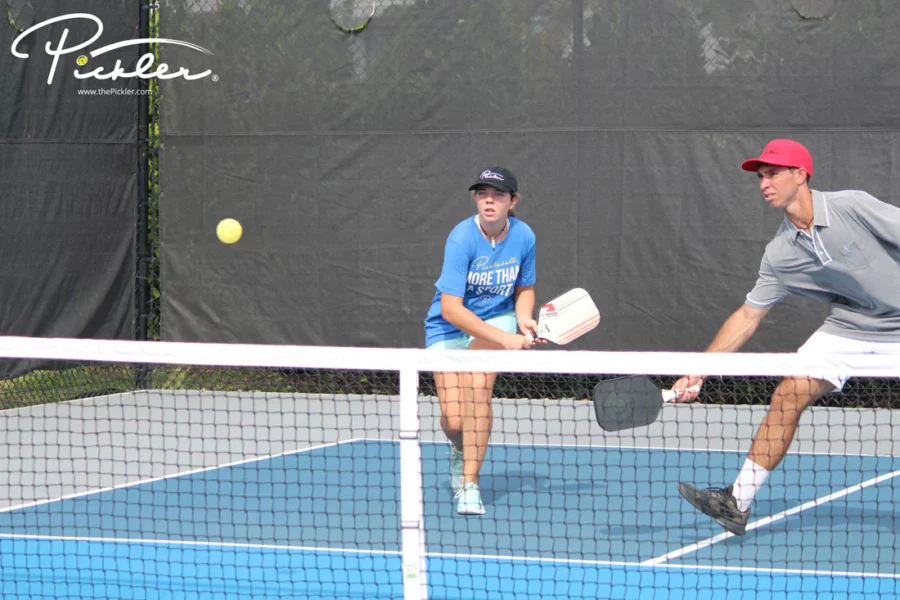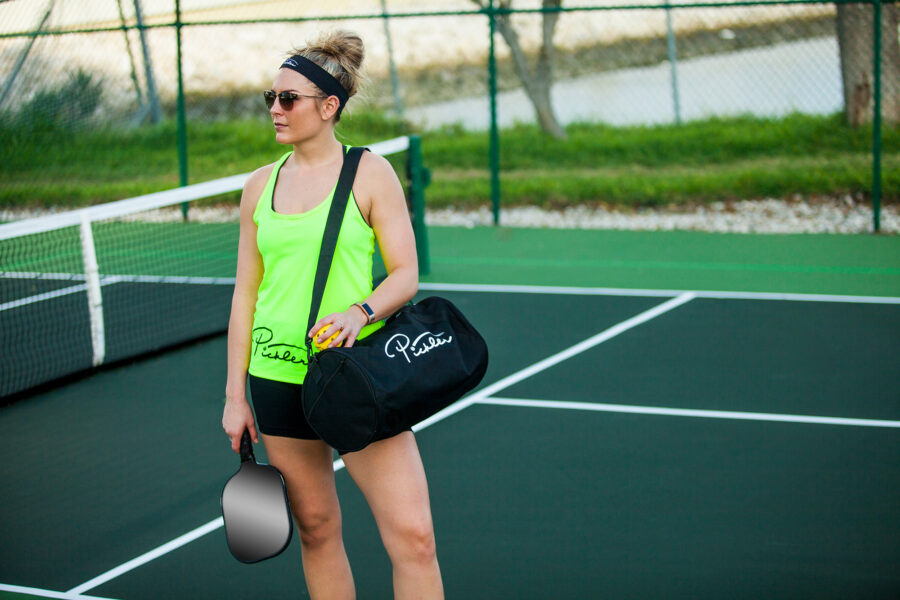LIFE LESSONS COME FROM ALL PLACES—EVEN UNEXPECTED PLACES, LIKE THE PICKLEBALL COURT.
A pickleball court is only 20 feet wide by 44 feet long. This means that the side that you play on – in other words, one side of the pickleball court – is only 20 feet wide by 22 feet long (7 feet of which is the Non-Volley Zone). This is a pretty small space to share when playing doubles pickleball.
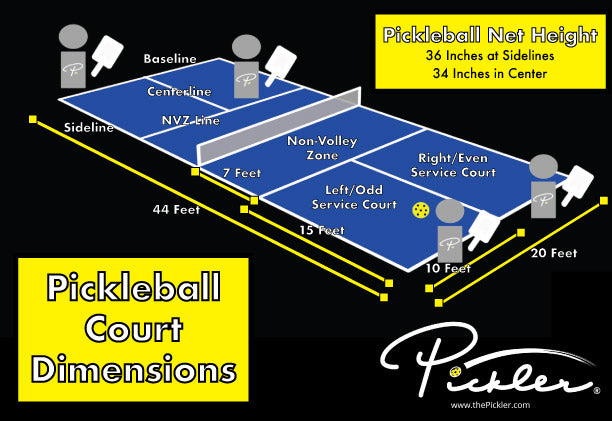
To make things feel even smaller, there are only so many pickleball courts in the United States. According to USA Pickleball, as of the end of 2020, there were only 34,094 pickleball courts. This may sound like a lot, and the number of courts is certainly growing, as the sport of pickleball becomes more mainstream. However, this number still pales in comparison to other sports. For instance, there are almost 10 times this number of tennis courts in the United States.
So, not only do pickleball players need to learn to share small spaces, but also learn to share a small number of small spaces (i.e., a small number of pickleball courts in relation to the demand for the sport).
With that said, there is a silver lining to the small spaces…
Learn to Share “Small Spaces” on the Pickleball Court
Hopefully, by now, everyone in our great sport of pickleball has learned to share this “small space” with others. In fact, sharing small spaces effectively is actually an advantage to your play on the pickleball court!
Recently, I was playing a mixed pickleball game with my aggressive male partner. He is tall, athletic, and pretty darn good at pickleball. He would reach across the centerline and take some shots on my side of the pickleball court. His assertive play caused onlookers to ask why I let him keep taking “my shots” or “my balls” on “my side” of the pickleball court. This question is most often asked when watching mixed doubles because the male partner typically attempts to insert himself into the point and “take” shots across the centerline.
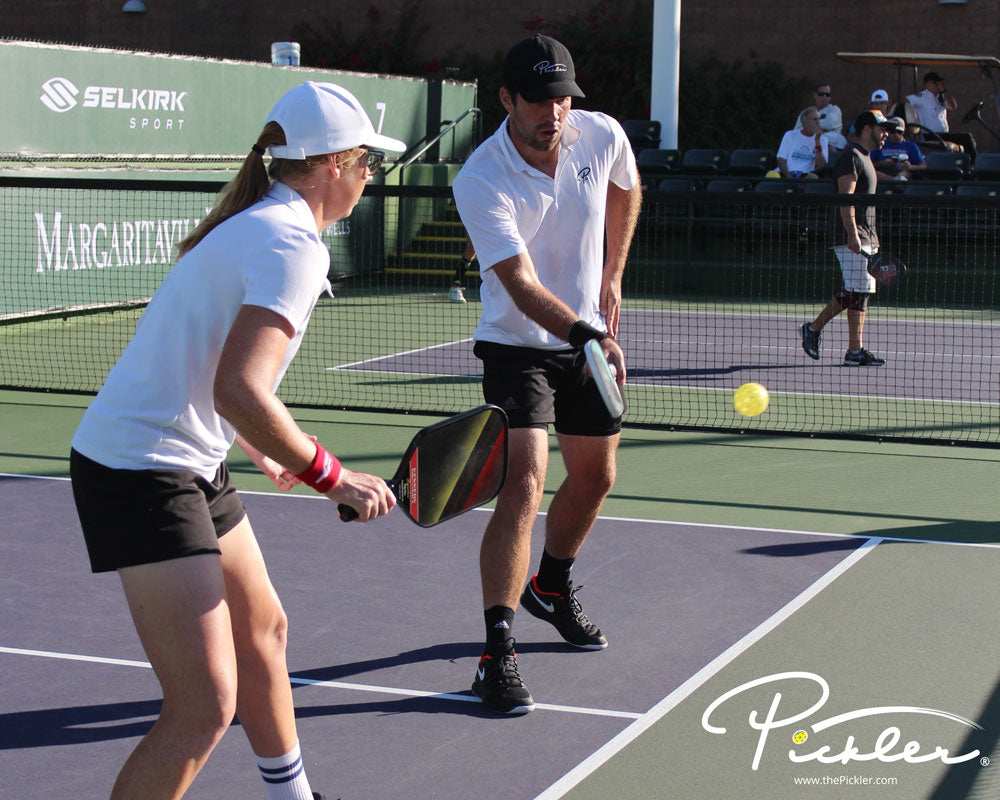
When playing pickleball, there is no “my side” of the pickleball court or “my partner’s” side of the pickleball court. Yes, you and your partner are generally responsible for a side. However, you and your partner can be most effective if you each take the shots that you can be most effective at and apply the most pressure to your opponents on. This means that you each may be taking shots on each other’s respective sides. In fact, this generally means that you will be more effective if you do take shots on each other’s respective sides at certain times!
For instance, poaching, switching, and stacking can be particularly effective strategies in pickleball. These are strategies where you intentionally take your partner’s side of the pickleball court. Further, when playing doubles pickleball, you may find that one player is targeted with most of the shots (to note, this is common in mixed doubles, which is why this question of why is the male partner taking the female partner’s shots comes up). As a result, the player that is not targeted will cross the centerline to insert himself or herself into the pickleball point and relieve pressure from the player that is targeted. These are just a couple examples of why crossing the centerline and sharing the entire pickleball court actually prove to make you a stronger team. So, learn to share your “small space” with your pickleball partner.
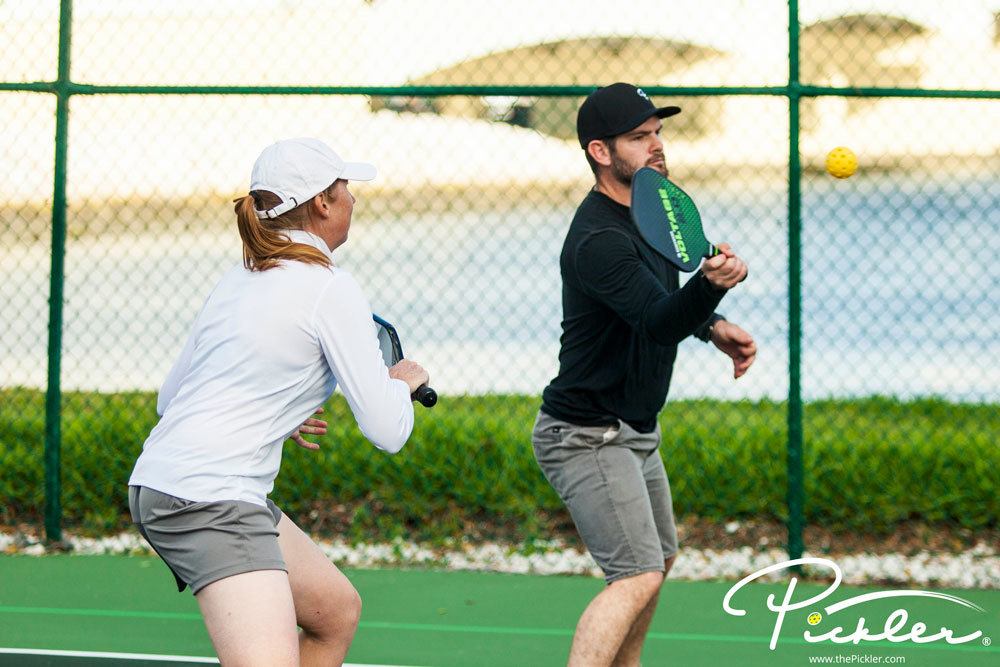
Lastly, the small space is actually a benefit to the sport of pickleball in a few respects. First, the smaller court makes pickleball more accessible to the masses. It is easier to play for players of all ages and skill levels, as there is less court to cover. Second, the smaller court size will lead to faster growth in the number of courts, as both private and public facilities will need to allocate valuable land to create pickleball courts. Third, both the smaller court and the small number of courts help foster the best part of the sport of pickleball—the social aspect of the sport and the ability to mix and play with others. It is much easier to be social and hold a conversation on a pickleball court, as compared to other sports, like tennis.
The glass is always half full. The small space on the pickleball court should be appreciated and harnessed to improve your pickleball game (in other words, learn to master your ability to share the court) and your experience in the pickleball community (in other words, enjoy being social and a member of the pickleball community). And, remain optimistic that the number of pickleball courts will continue to boom, as the demand for places to play continues to rise with pickleball’s growing popularity.
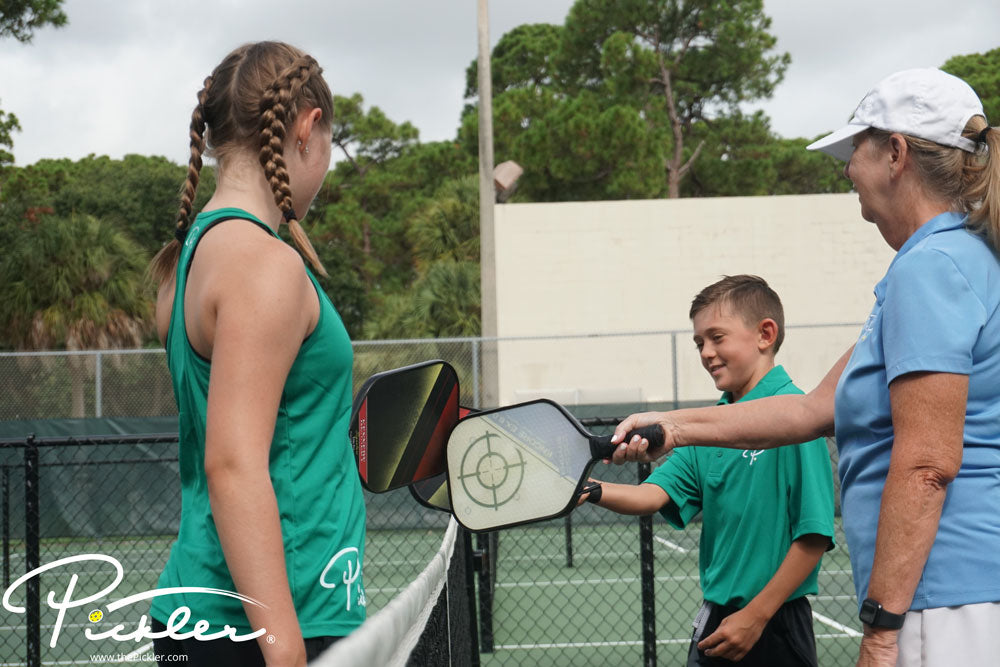
LESSONS FROM THE PICKLEBALL COURT
Read past blogs from the “Lessons from the Pickleball Court” series:
- Lessons from the Pickleball Court: Integrity Is Everything
- Lessons from the Pickleball Court: Go Down Swinging
- Lessons from the Pickleball Court: Read the Room (or the Pickleball Court)
- Lessons from the Pickleball Court: Always Be Prepared
- Lessons from the Pickleball Court: Referees Are Impactful
- Lessons from the Pickleball Court: Never Judge a “Pickleball Book” by Its Cover
- Lessons from the Pickleball Court: Encourage the Kids to Play
What lesson have you learned from the sport of pickleball? Share with us in the comments below, or reach out to me personally via email at stacie@thepickler.com.
